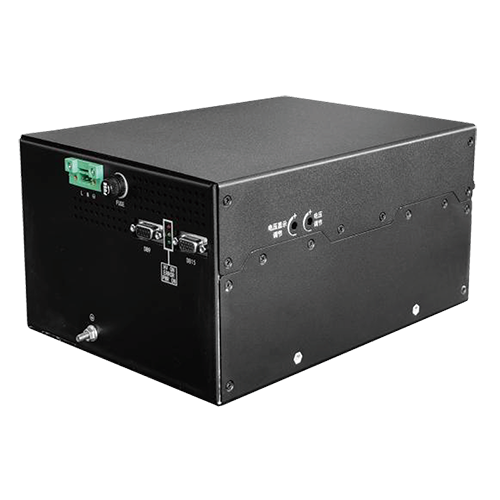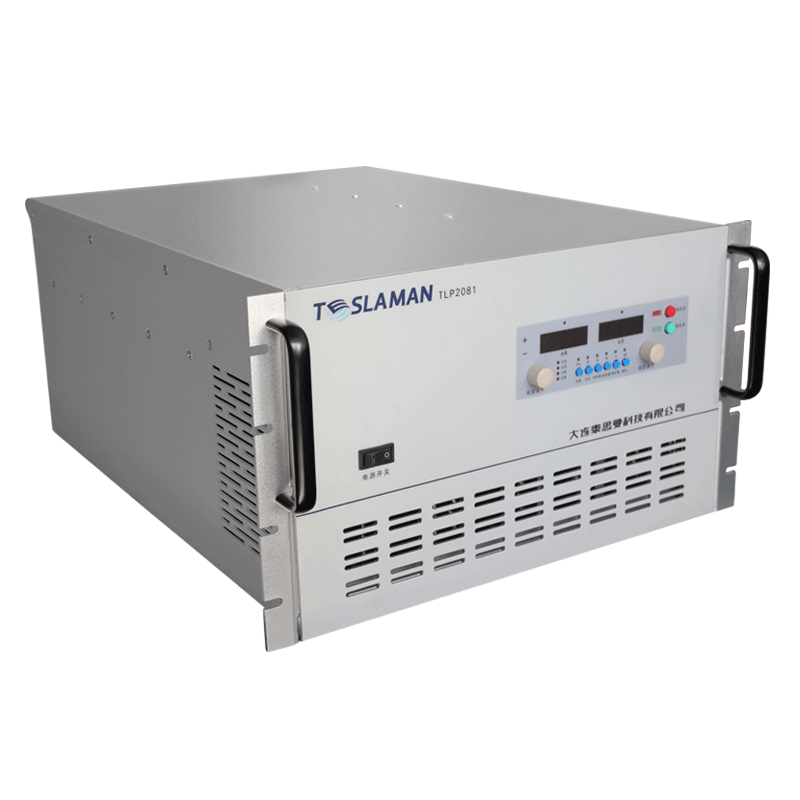Precise Control of Film Thickness by Coating High-Voltage Power Supply
In the field of modern material processing and surface treatment, coating technology is widely used to enhance the performance of materials, such as improving wear resistance, corrosion resistance, and optical properties. Precise control of film thickness is one of the core elements to ensure the quality and performance of coatings, and the coating high-voltage power supply plays a crucial role in this process.
The coating high-voltage power supply provides the necessary energy for the coating process, and its output characteristics directly affect the growth rate and uniformity of the film layer, thus determining the precision of film thickness. In common coating processes such as Physical Vapor Deposition (PVD) and Chemical Vapor Deposition (CVD), the high-voltage power supply ionizes gases or plasmas, enabling the atoms or molecules of the coating material to be effectively deposited on the substrate surface. For example, in the magnetron sputtering coating process, the high-voltage power supply applies a high voltage to the target, forming a strong electric field that ionizes argon gas to generate plasma. The target atoms are sputtered out under the bombardment of the plasma and deposited on the substrate to form a thin film.
However, achieving precise control of film thickness by the coating high-voltage power supply faces many challenges. Firstly, the stability of the power supply output voltage and current has a significant impact on film thickness. If there are fluctuations in the power supply output, the plasma density and energy will be unstable, resulting in inconsistent deposition rates of the coating material and ultimately causing uneven film thickness. For example, parameter drift of internal circuit components of the power supply and fluctuations in grid voltage can all lead to unstable output. Secondly, the load characteristics in the coating process are complex and variable. As the coating process progresses, the surface state of the substrate constantly changes, such as roughness and chemical composition, which will cause changes in the load resistance and further affect the power supply output characteristics, bringing difficulties to the precise control of film thickness.
To achieve precise control of film thickness by the coating high-voltage power supply, various technical means can be adopted. On the one hand, optimize the control strategy of the power supply. Use advanced closed-loop feedback control technology to monitor key parameters in the coating process in real-time, such as plasma current, voltage, and film thickness, and feed these parameters back to the power supply control system. By comparing with the preset target values, the control system quickly adjusts the power supply output to maintain a stable deposition rate and ensure precise film thickness. For example, the use of Proportional-Integral-Derivative (PID) control algorithm can quickly and accurately adjust the power supply output according to the feedback signals, effectively suppressing the influence of various interference factors on film thickness. On the other hand, improve the hardware performance of the power supply. Select high-quality and stable circuit components to reduce the influence of component parameter drift. At the same time, rationally design the internal circuit of the power supply, and use technologies such as filtering and voltage stabilization to reduce the ripple and noise of the power supply output and improve output stability. In addition, combine advanced coating equipment and process monitoring systems to obtain real-time information in the coating process, providing more comprehensive and accurate data support for power supply control and further improving the level of precise film thickness control.
Precise control of film thickness by the coating high-voltage power supply is a comprehensive technical problem that requires optimization in many aspects, such as the control strategy of the power supply, hardware performance, and coordination with the coating process. Only by achieving precise film thickness control can the increasingly stringent requirements for coating quality in modern industry be met, and the wide application and development of coating technology in more fields be promoted.




















